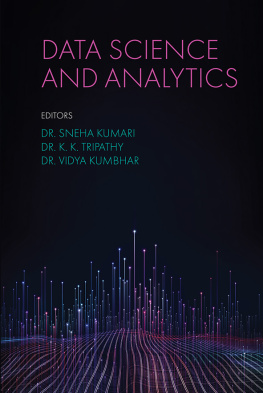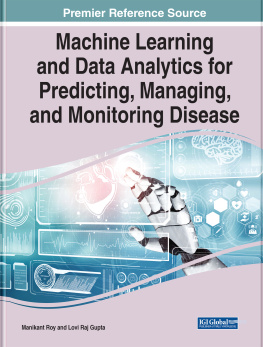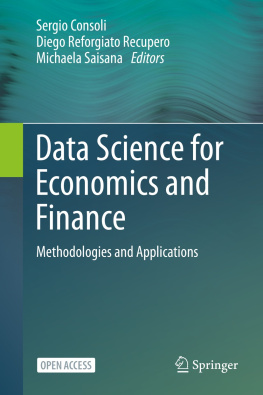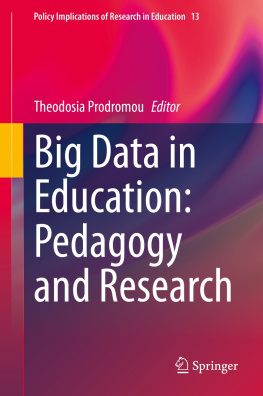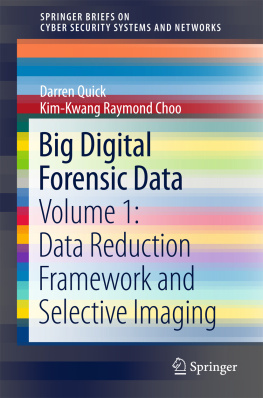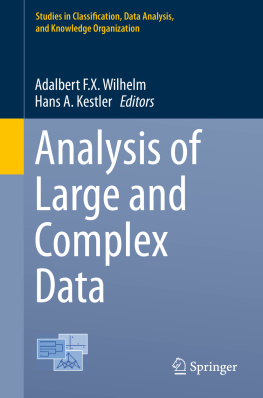Abstract
Cultural heritage consists of heterogeneous resources: archaeological artefacts, monuments, sites, landscapes, paintings, photos, books and expressions of human creativity, often enjoyed in different forms: tangible, intangible or digital. Each resource is usually documented, conserved and managed by cultural institutes like museums, libraries or holders of archives. These institutes make available a detailed description of the objects as catalog records. In this context, the chapter proposes both a classification of cultural heritage data types and a process for cultural heritage valorisation through the well-known Linked Open Data paradigm. The classification and process have been defined in the context of a collaboration between the Semantic Technology Laboratory of the National Research Council (STLab) and the Italian Ministry of Cultural Heritage and Activities and Tourism (MIBACT) that the chapter describes, although we claim they are sufficiently general to be adopted in every cultural heritage scenario. In particular, the chapter introduces both a suite of ontology modules named Cultural-ON to model the principal elements identified in the cultural heritage data type classification, and the process we employed for data valorisation purposes. To this end, semantic technologies are exploited; that is, technologies that allow us to conceptualise and describe the meaning of data forming the cultural heritage and including such entities as places, institutions, cultural heritage events, availability, etc. These entities have special characteristics and are connected with each other in a profound way. The result is a knowledge base consisting of semantic interconnections with also other data available in the Web to be exploited according to different tasks and users preferences. By navigating the semantic relationships between the various objects of the knowledge base, new semantic paths can be revealed and utilised with the aim to develop innovative services and applications. The process is compliant with Linked Open Data and W3C Semantic Web best practices so that to enable a wider promotion of cultural heritage, and of sharing and reuse of cultural heritage data in the Web. The chapter concludes presenting a number of methodological principles and lessons learnt from the STLab/MIBACT collaboration that are applicable to any cultural heritage context and, in some cases, also to other domains.
Introduction and Motivation
Cultural heritageboth tangible and intangibleis a driving force for economic growth and societal development, an irreplaceable means for building a populations identity and culture, an inspiration for creative industry, and a primary reference for the touristic market. It has been formed by a multitude of local cultures and stories determined by the inhabitants of countries and different territories. This entailed that, over time, cultural heritage has been enriched with a highly heterogeneous set of resources that are diverse in their nature and in the way they are managed by each local culture.
Despite this diversity, cultural heritages elements are semantically interconnected with each other as the result of contaminations of the different cultures. However, these elements are still mostly managed separately like silos, typically by different organisations (e.g., museums, libraries, holders of archives, etc.) that may also use various classifications, definitions and approaches to describe the same elements. An example is the Italian case where, within the same Ministry of Cultural Heritage and Activities and Tourism (MIBACT), two separate institutes define the concept of cultural site in two different ways within the data bases they own, respectively. Overall, this led to a scenario of dispersed data, both at national and international level, that cannot be fully and smartly exploited for such an economic growth and development of the touristic market that cultural heritage can potentially boost.
In the last two decades, web technologies and social networks became pervasively present in our daily life, providing a powerful means for sharing personal knowledge and experiences. Potentially, these technologies are the perfect tools for creating a vast interconnected digital cultural heritage that could be open to anyone so as to promote and improve the social cohesion and economic growth. The advent of new paradigms for data management based on these technologies can also support the involvement of citizens for identifying what is relevant as territorial cultural heritage, enhancing its distinctiveness, and cross-border sharing of local traditions and knowledge. This is key for supporting social integration and recognition, and sense of belonging. In particular, in the cultural domain the Open Data movement and the application of Linked Open Data (LOD) as the main data integration paradigm are emerging as new frontiers to valorise a vast amount of public cultural heritage. However, a diversified scenario where isolated islands of data are available on the Web is still observable. This is the case for instance of the Italian scenario: a number of LOD projects carried out by MIBACT were born but they still struggle to be part of an overall strategy that can guide towards a significant valorisation of one of the largest heritage of the cultural sector.
This chapter describes the work conducted in the context of a collaboration between STLab and MIBACT. The work aims at defining an overall framework for cultural data analysis and valorisation, this latter pursued through the construction of an open knowledge base of Italian cultural data. The knowledge base is meant to be publicly available on the Web, using semantic web standards and technologies, for the reuse by anyone willing to exploit it for the development of innovative and creative applications and services. In computer science, the term semantic web refers to W3Cs vision of an extension of the Web for dealing with interconnected data that is stored, modelled and handled using so-called semantic web standards and technologies (e.g., Resource Description Framework (RDF), SPARQL query language for RDF (SPARQL), Ontology Web Language (OWL), etc.) The framework we present provides a classification of the cultural data landscape, identified within the collaboration, and a common and standard-based data model that can be used as shared interoperability profile for interconnecting different, even available LOD, datasets managed by various institutes of the Ministry. The model consists of a suite of ontology modules for the cultural domain named Cultural-ON, which are defined following a specific methodology. The methodology has been delineated so as to guarantee sustainability, usability and semantic interoperability requirements, with the application of ontology design patterns. The chapter focuses on the module of the suite that represents cultural institutes and sites and cultural events, which are connected to each other. The process we employed to create LOD datasets of the cultural institutes and of the events, aligned with the defined ontology module, is introduced. In particular, we highlight how to integrate it in a real business process and information system managed by the Ministry, and how to link the datasets to others available in the Web of Data. We claim that our model is sufficiently general to be applied in any organisation working in the cultural sector with such data types as cultural sites and events. We then highlight general methodology principles and best practices that can be replicated in other cultural data management processes and, in some cases, also in other domains.



